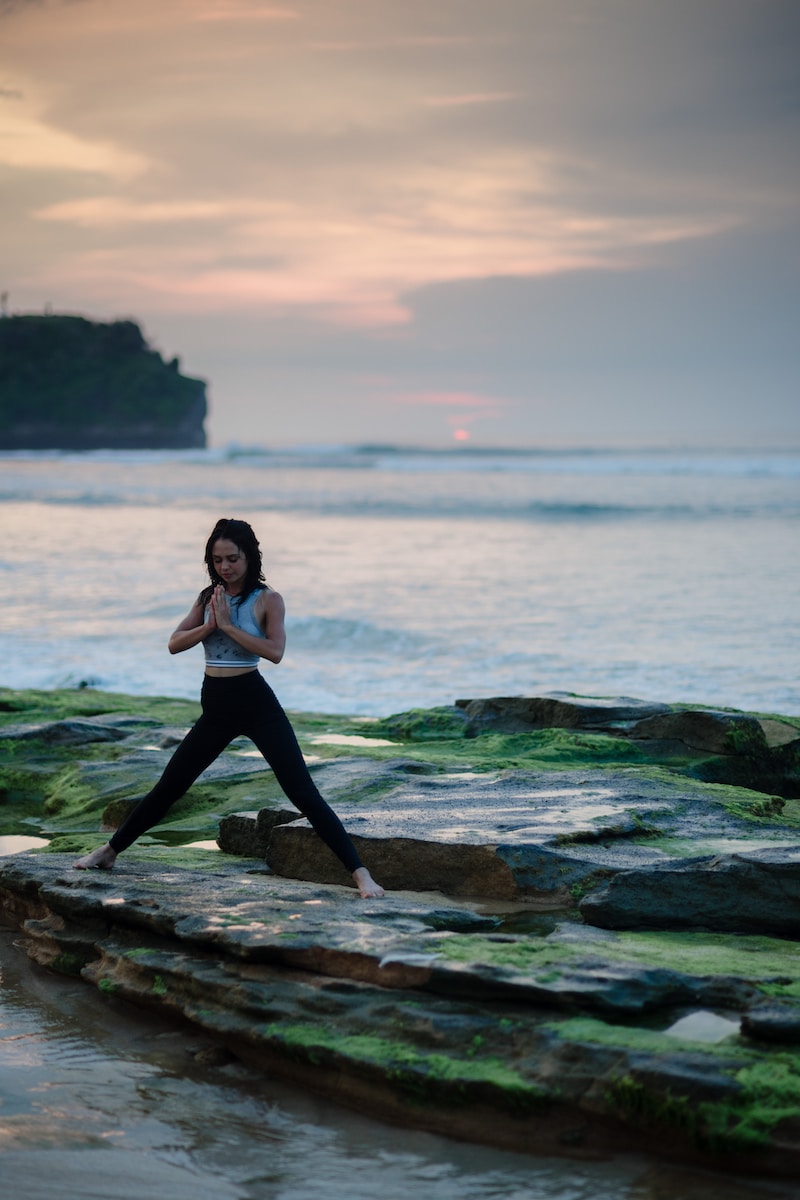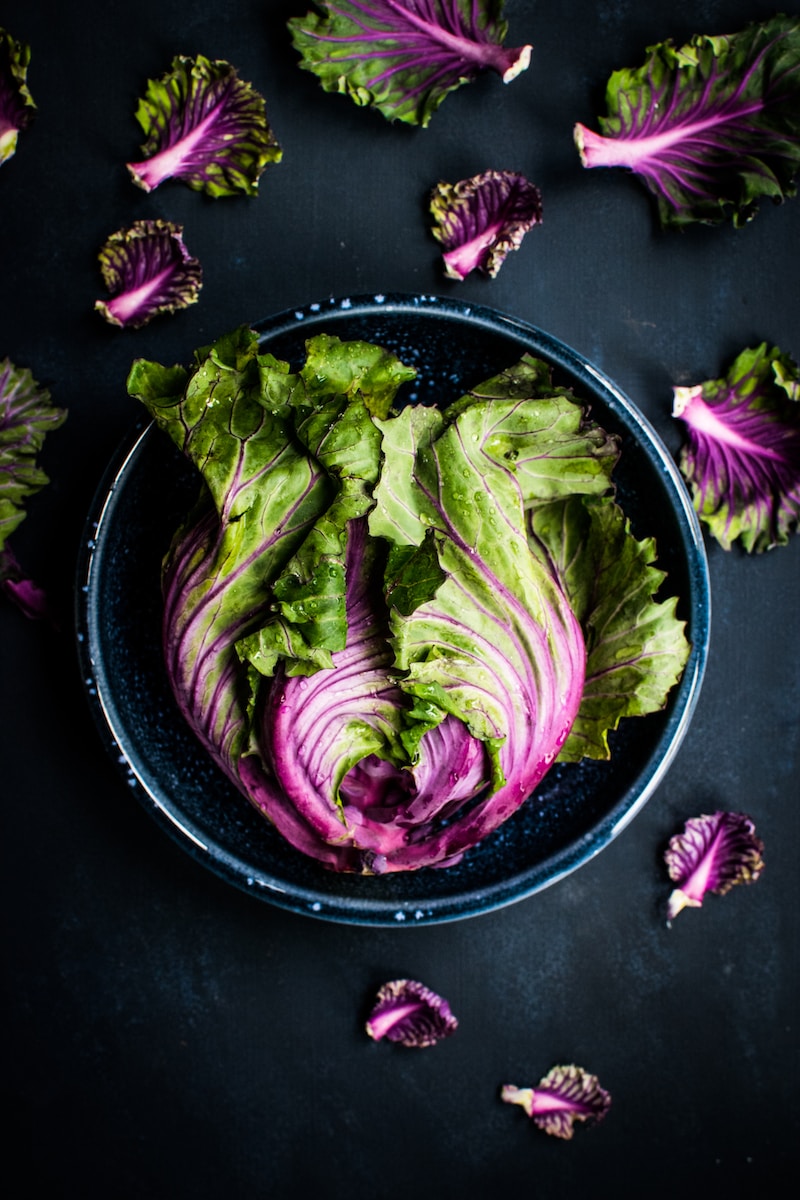Meditation is a powerful practice that can bring numerous benefits to our physical, mental, and emotional well-being. It allows us to find inner peace, reduce stress, improve focus, and cultivate mindfulness. To enhance the meditation experience and achieve deeper states of relaxation, investing in mindful cushion equipment is a wise choice. These specialized cushions offer unparalleled comfort and support, allowing practitioners to maintain proper posture and alleviate discomfort during long meditation sessions. In this article, we will explore the various benefits of using mindful cushion equipment and guide you in choosing the perfect cushion for your meditation practice.
The Importance of Proper Posture
Maintaining proper posture during meditation is crucial for reaping its full benefits. A good posture ensures the alignment of the spine, promotes deep breathing, and enhances concentration. However, sitting for an extended period on a hard surface can lead to discomfort and even pain, which can disrupt the meditation session. This is where mindful cushion equipment comes into play.
Benefits of Mindful Cushions
- Enhanced Comfort: Mindful cushions are designed to provide optimal support and comfort during meditation. They are often filled with materials like buckwheat hulls, kapok, or memory foam, which mold to the body’s shape. This alleviates pressure points and allows for a more enjoyable and relaxing meditation experience.
- Mindful cushions with buckwheat hulls offer excellent support and can be easily adjusted to conform to your body shape. This ensures maximum comfort and prevents any discomfort caused by sitting for extended periods.
- Kapok-filled cushions provide a softer and more luxurious feel. The natural fibers of kapok create a cushioning effect that adds an extra layer of comfort to your meditation practice.
- Memory foam cushions offer superior contouring and support. They adapt to the shape of your body, providing targeted support to different areas and ensuring proper alignment.
- Improved Posture: Mindful cushions are specifically crafted to promote proper spinal alignment. They have a raised back or a contoured shape that helps maintain an upright posture while sitting cross-legged or in lotus position. By using a mindful cushion, you can avoid slouching, which could lead to back pain or discomfort.
- Mindful cushions with a raised back provide additional support to the lower back, preventing slouching and promoting an upright posture.
- Cushions with a contoured shape are designed to fit the natural curves of your body, ensuring proper alignment and reducing the risk of strain or discomfort.
- When selecting a mindful cushion, consider your preferred meditation posture and choose a cushion that complements it to provide the best support for your body.
- Deepened Meditation Experience: The comfort and stability provided by mindful cushions enable practitioners to fully focus on their meditation practice. Without the distraction of physical discomfort, one can easily immerse themselves in the present moment, allowing for a deeper and more rewarding meditation experience.
- Mindful cushions create a supportive and comfortable foundation, allowing you to relax and fully engage in your meditation practice.
- By alleviating physical discomfort, mindful cushions help to quiet the mind and enhance your ability to enter deep states of relaxation and mindfulness.
- With a deepened meditation experience, you can tap into the profound benefits of meditation, such as reduced stress, enhanced clarity, and a greater sense of well-being.
Choosing the Perfect Mindful Cushion
Selecting the right mindful cushion for your meditation practice is essential to ensure maximum comfort and support. Here are some factors to consider when making your choice:
- Size and Shape: Mindful cushions come in various sizes and shapes. It is crucial to select one that suits your body type and meditation posture. For those who prefer sitting cross-legged, a round cushion with a raised center might be ideal. If you prefer sitting in a lotus position, a cushion with a wider base and contoured shape can provide better support.
- Consider the dimensions of the cushion to ensure it suits your body size and provides enough surface area for comfortable sitting.
- Look for a cushion with a raised center if you prefer sitting cross-legged, as it helps to support the natural curve of your spine.
- If you practice meditation in a lotus position, choose a cushion with a wider base and a contoured shape that conforms to the curves of your body.
- Filling Material: Consider the filling material used in the cushion. Buckwheat hulls offer excellent support and can be easily adjusted to conform to your body shape. Kapok-filled cushions provide a softer and more luxurious feel, while memory foam cushions offer superior contouring and support.
- Buckwheat hulls are a popular choice as they provide firm support and conform to the body’s shape, ensuring optimal comfort during meditation. They can also be adjusted by adding or removing hulls to achieve the desired level of support.
- Kapok-filled cushions offer a softer and more plush feel, providing a luxurious sitting experience during meditation. The natural fibers of kapok create a breathable cushioning effect.
- Memory foam cushions are known for their ability to contour to the body’s shape, providing targeted support and relieving pressure points. They offer excellent support for extended meditation sessions.
- Cover Material: Look for a cushion with a removable and washable cover. This allows for easy maintenance and ensures good hygiene during your meditation practice. Cotton or linen covers are breathable and comfortable options.
- A removable cover is essential for maintaining cleanliness and hygiene. Look for a cushion with a cover that can be easily removed and washed, ensuring a fresh and clean sitting surface for each meditation session.
- Cotton and linen covers are breathable and comfortable options. They allow air circulation, preventing the cushion from becoming too warm or stuffy during longer meditation sessions.
- Portability: If you frequently travel or attend meditation retreats, a portable and lightweight cushion will be convenient. Some cushions come with handles or straps for easy carrying, making them perfect for on-the-go meditation sessions.
- Consider the portability of the cushion if you often practice meditation outside of your home. Look for cushions that are lightweight and compact, making them easy to carry in a bag or backpack.
- Cushions with handles or straps provide added convenience, allowing you to transport them effortlessly to different meditation locations.
Additional Accessories to Enhance Your Meditation Space
Apart from mindful cushions, there are other accessories that can further enhance your meditation space and provide a serene ambiance. Consider incorporating these items into your practice:
- Meditation Mat: A cushioned meditation mat can provide extra comfort while sitting and create a designated space for your practice.
- A meditation mat adds an extra layer of cushioning to your sitting surface, enhancing comfort during longer meditation sessions.
- It also helps define your meditation space, creating a dedicated area for your practice and enhancing the overall ambiance.
- Meditation Timer: A timer specifically designed for meditation sessions can help you set a desired duration and gently remind you when your practice time is up.
- A meditation timer eliminates the need to constantly check the clock, allowing you to fully immerse yourself in your meditation practice without worrying about the time.
- Set the timer to your desired duration, and it will discreetly notify you when the time is up, signaling the end of your meditation session.
- Incense or Essential Oils: The soothing aroma of incense or essential oils can create a calming atmosphere and promote relaxation during meditation.
- Burning incense or using essential oils with calming scents such as lavender, sandalwood, or chamomile can help create a serene and tranquil environment for your meditation practice.
- The subtle aroma can help induce a sense of calmness, relaxation, and focus, enhancing your overall meditation experience.
- Meditation Music: Soft, instrumental music or nature sounds can help set the mood and drown out external distractions, allowing for a more focused and immersive meditation experience.
- Playing soft, instrumental music or nature sounds in the background can create a soothing ambiance that promotes relaxation and helps you enter a meditative state more easily.
- Choose music or sounds that resonate with you and align with the type of meditation you practice. Experiment with different genres to find what enhances your focus and inner calm.
By investing in mindful cushion equipment and incorporating these additional accessories into your meditation practice, you can create a tranquil and comfortable space that enhances your journey towards inner peace and mindfulness.
In conclusion, mindful cushion equipment plays a vital role in elevating your meditation practice. By providing support, comfort, and proper posture, these cushions allow for a deeper and more enjoyable meditation experience. When choosing a mindful cushion, consider factors such as size, shape, filling material, and cover material. Additionally, consider incorporating other accessories like a meditation mat, timer, incense, or meditation music to further enhance your meditation space. Embrace the calm and comfort that mindful cushion equipment offers and elevate your meditation practice to new heights.
FAQ
- What are the benefits of using mindful cushion equipment for meditation?
Using mindful cushion equipment during meditation offers enhanced comfort, improved posture, and a deepened meditation experience. These cushions provide optimal support and alleviate pressure points, allowing for a more enjoyable and relaxing meditation session. They also promote proper spinal alignment and help maintain an upright posture, reducing the risk of back pain or discomfort. By providing a comfortable foundation, mindful cushions enable practitioners to fully focus on their meditation practice, leading to a deeper sense of relaxation and mindfulness.
- How do I choose the perfect mindful cushion for my meditation practice?
When choosing a mindful cushion, consider factors such as size, shape, filling material, and cover material. Select a cushion that suits your body type and preferred meditation posture. For those who sit cross-legged, a round cushion with a raised center is ideal, while a cushion with a wider base and contoured shape is suitable for lotus position. Consider the filling material, such as buckwheat hulls for firm support, kapok for a softer feel, or memory foam for targeted support. Look for a cushion with a removable and washable cover for easy maintenance.
- What additional accessories can enhance my meditation space?
Apart from mindful cushions, there are other accessories that can enhance your meditation space. Consider incorporating a cushioned meditation mat for extra comfort and to create a designated practice area. A meditation timer can help you set a desired duration and gently remind you when your practice time is up. Burning incense or using essential oils with calming scents can create a serene atmosphere, while soft instrumental music or nature sounds can help set the mood and drown out distractions, promoting a more focused and immersive meditation experience.
- How can I create a tranquil and comfortable space for meditation?
To create a tranquil and comfortable space for meditation, invest in mindful cushion equipment and incorporate additional accessories. Choose a mindful cushion that provides optimal support and comfort, considering factors like size, shape, filling material, and cover material. Enhance your meditation space by adding a cushioned meditation mat, a meditation timer, incense or essential oils with calming scents, and soft instrumental music or nature sounds. These elements create a serene ambiance that enhances your journey towards inner peace and mindfulness during meditation.









